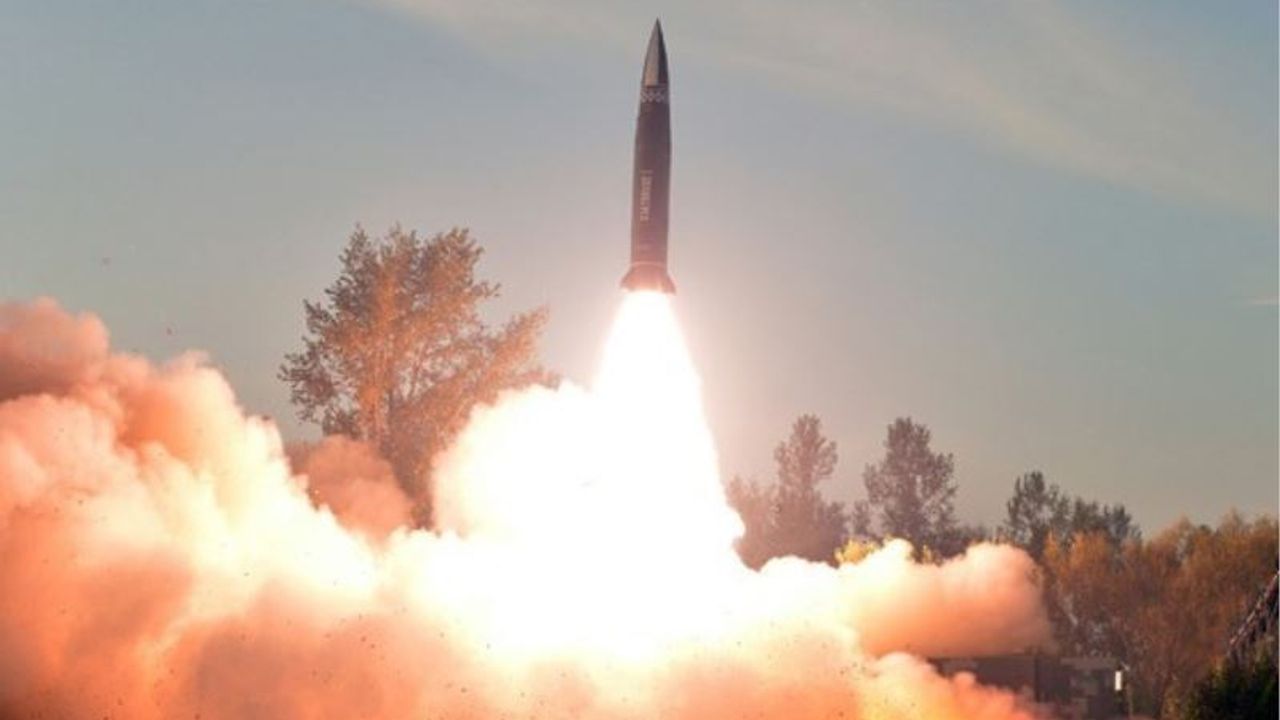According to the report, the incident occurred while UK Defense Secretary Grant Shapps was on board HMS Vanguard to witness the test firing of a Trident missile designed to carry nuclear warheads.
"The test reaffirmed the effectiveness of the UK's nuclear deterrent," the Ministry of Defense said in a statement, confirming that an "abnormal situation" had occurred.
"As a matter of national security, we cannot provide further information, but we are confident that the anomaly was unique to the event," the ministry said, stressing that there was therefore no negative impact on the reliability of Trident missile systems and stockpiles.
"The UK's nuclear deterrent remains safe, secure and effective," the statement said.
Shapps and Admiral Ben Key, Chief of Staff of the Royal Navy, were taking part in the exercise of the submarine, which was refurbished in a refit that lasted more than seven years and cost around £500 million.
The last successful test was in 2012
The main opposition Labour Party said reports of the test failure were "worrying", while the Scottish National Party (SNP) argued that money spent on weapons of mass destruction should be redirected to inequality and conventional military spending.
Nuclear disarmament advocacy groups said the failure was "costly" and that Britain and the world should be free of such weapons.
According to The Sunday Times, a previous test in 2016 also failed, with the HMS Vengeance missile launched from off the coast of Florida heading towards the US, not the West African coast as intended.
Stating that Trident is "the world's most reliable weapon system" with more than 190 successful tests, the Ministry of Defense confirmed that the last successful unarmed Trident missile test was conducted in 2012.HMS Vanguard is one of Britain's four Vanguard-class submarines, one of which has been kept at sea continuously since 1994 to provide nuclear deterrence.The nuclear-powered submarines carry Trident 2 D5 nuclear missiles manufactured by US-based Lockheed Martin, also used by the US Navy, which can be fired at targets 4,000 miles (about 6,437 kilometers) away.
The annual operating cost of the system accounts for 6 percent of the UK's defense budget. According to the British broadcaster BBC, it is estimated to be about 3 billion pounds sterling for 2023-2024.












